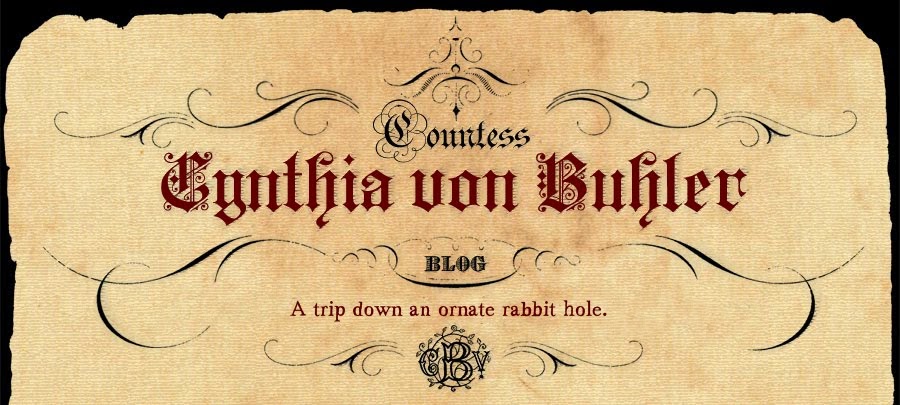Speakeasy Dollhouse: Solving Murders With Diorama Crime Scenes
A lecture and workshop with the creator of the Speakeasy Dollhouse book series and off-Broadway immersive play.
***ADVANCE TICKETS AVAILABLE***
Date: Sunday, July 1st
Time: 8:00
Admission: $15
Presented by Atlas Obscura
Artist and author Cynthia von Buhler’s Italian immigrant grandparents, Frank and Mary Spano, owned two speakeasies in the Bronx during Prohibition. In 1935, shortly after Prohibition ended, Frank Spano was shot and killed on the street in Manhattan. When she began her search two years ago nothing was known about the killer, his motive, or a trial. At the time of Frank Spano’s death, innumerable murders went unsolved because evidence was mishandled or downright ignored. In 1936, as a means to better explore these cases and train investigators of sudden or violent deaths to assess visual evidence, Frances Glessner Lee created the Nutshell Studies. These studies consisted of detailed, 1:12 scale dollhouse models that students could examine from every angle. Taking inspiration from the Nutshell Studies, von Buhler created the scenes from her grandfather’s murder and the events leading up to it using her own handmade sets and dolls. Utilizing evidence gathered from autopsy reports, police records, court documents, and interviews in tandem with the dolls and sets, she has pieced together a probable scenario. In this workshop von Buhler will display dollhouse murder dioramas based on actual crimes (including that of her grandfather) for participants to solve. The best sleuth will receive a copy of von Buhler’s book Speakeasy Dollhouse, The Bloody Beginning, an evidence booklet, and two tickets to see the immersive play based upon her findings.
Von Buhler’s paintings have been displayed in numerous galleries and museums around the world. Her work has been reproduced and featured in books, magazines, and newspapers from TIME to The New Yorker. Her interactive sculptures have appeared on Law & Order, Special Victims Unit, where murders were recreated to mimic her art. Von Buhler has published two children’s books with Houghton Mifflin Harcourt, The Cat Who Wouldn’t Come Inside and But Who Will Bell the Cats? Both books feature detailed handmade architectural sets and characters created and photographed by von Buhler. Evelyn Evelyn, A Tragic Tale in Two Tomes (Dark Horse Comics), a graphic novel about conjoined twins, was written by Amanda Palmer and Jason Webley and illustrated by von Buhler. The afterword was written by Neil Gaiman. Von Buhler’s Speakeasy Dollhouse play was filmed for an episode of The Science Channel’s show Oddities. Of Dolls & Murder, directed by Susan Marks and narrated by John Waters, is a documentary about Francis Glessner Lee’s crime scene investigation dollhouse dioramas. Marks is currently working on a Of Dolls & Murder sequel based on Speakeasy Dollhouse. For more information, go tocynthiavonbuhler.com or speakeasydollhouse.com.
This is part of the “Atlas Obscura Speakers” series of talks at Observatory.
ADVANCE TICKETS AVAILABLE HERE http://atlasobscura.com/blog/obscura-society-nyc-speakeasy-dollhouse






